Nature Journal Entry #8: Starling Mimicry and Flicker Dances at Inglewood Bird Sanctuary

Where: Inglewood Bird Sanctuary
When: March 2nd 2025 (Mid-Morning)
Highlight: Dancing Northern Flickers and the Mimicry of European Starlings
Taylor and I decided to visit one of our favourite local parks, Inglewood Bird Sanctuary, to begin our nature outings for the new year. We had tried to visit last week, but our footwear was ridiculous given the icy pathways, so we turned back. This time, however, those pathways were quite clear and the morning temperatures felt invigorating.
Upon entering the park, there was initially very little avian activity to be heard or seen. Eventually, as we got closer to the frozen lagoon in the park's heart, the familiarity of this time of year made itself present in the familiar calls of our lovely and reliable winter residents: the black-capped chickadees and northern flickers. In fact, throughout our walk through the park, it became a tour of the familiar. We watched the regular waterfowl gatherings along the Bow River, the flight of Canada Geese, the drumming of flickers, and the pleading of chickadees (Calgarians have got to stop hand-feeding them). But despite the familiar, with attention, you can always stand to gain deeper appreciation for the world around us. I wanted to talk about two moments that Taylor and I appreciated about the outing today.
First, let's begin with European starlings. As the name suggests, the original home of these birds is found on the other side of the Atlantic. Starlings were introduced to this continent by settlers intentionally in the latter half of the 19th century through acclimatisation societies. With a colonialist mindset, these acclimatisation societies believed that non-native species should be introduced into North American ecosystems and might flourish in their new environments. In many regards, European starlings have successfully adapted to this continent, but unfortunately, the cost were (and are) felt by many native bird populations - as is often the case with invasive species. But to overlook the starling risks tuning out their unique vocalizations. Though Taylor and I have seen starlings at this park before, the relative quietness of morning made their voices stand out. For starters, their calls are diverse with trilling, whistling, chattering, and warbling all being within their vocal skillset (each musical in their own way). But as we listened and watched, there was a peculiar call mixed in with their chattering. It was the call of an osprey, usually a bird on patrol alongside the Bow River, but this time, there was no osprey to be found. Remarkably, we heard it again and with focus, we sourced the sound to one of the starlings. As confirmed by John (a volunteer for the City of Calgary's parks) and browsing online, European starlings are talented in the art of mimicry and can mimic the voices of both avian and non-avian creatures with ease. When we initially heard that sound earlier during the outing, we were smug and prematurely identified the call's source to an osprey. The hubris!
Second, as noted earlier, we saw plenty of Northern flickers earlier in our outing, but a certain bird behaviour of a pair of Northern flickers made us curious. We watched two red-shafted Northern flickers fly down towards a log near the pathway. For a moment, they looked at each other, then they started rhythmically bobbing their heads side to side and flew off. Taylor had affiliated this behaviour with mating, and sure enough, they were right! I found out online that this is courtship behaviour and it is often referred to as the flicker dance or Wicka dance. Generally, this flicker dance is a ritualized courtship behavior between two competing Northern flickers to either, as per tradition, woo a potential mate and defend their territory. This agonistic behaviour (which is defined by association with conflict) is often prevalent during the early stages of the breeding season, but can occur throughout the year. In this very detailed article on Northern Flicker behaviour, these dances are varied in intensity too, with some observed dances going on all day. We were really blessed to have been able to see this behaviour from such an iconic local bird!
With how unpredictable the news-cycle and world is today, I am really grateful that we started off our first nature outing of the year with the familiar. There is a lot of wonder to be found with the common. In any case, let's see what comes to Canada first: the migratory warblers or the trade war.


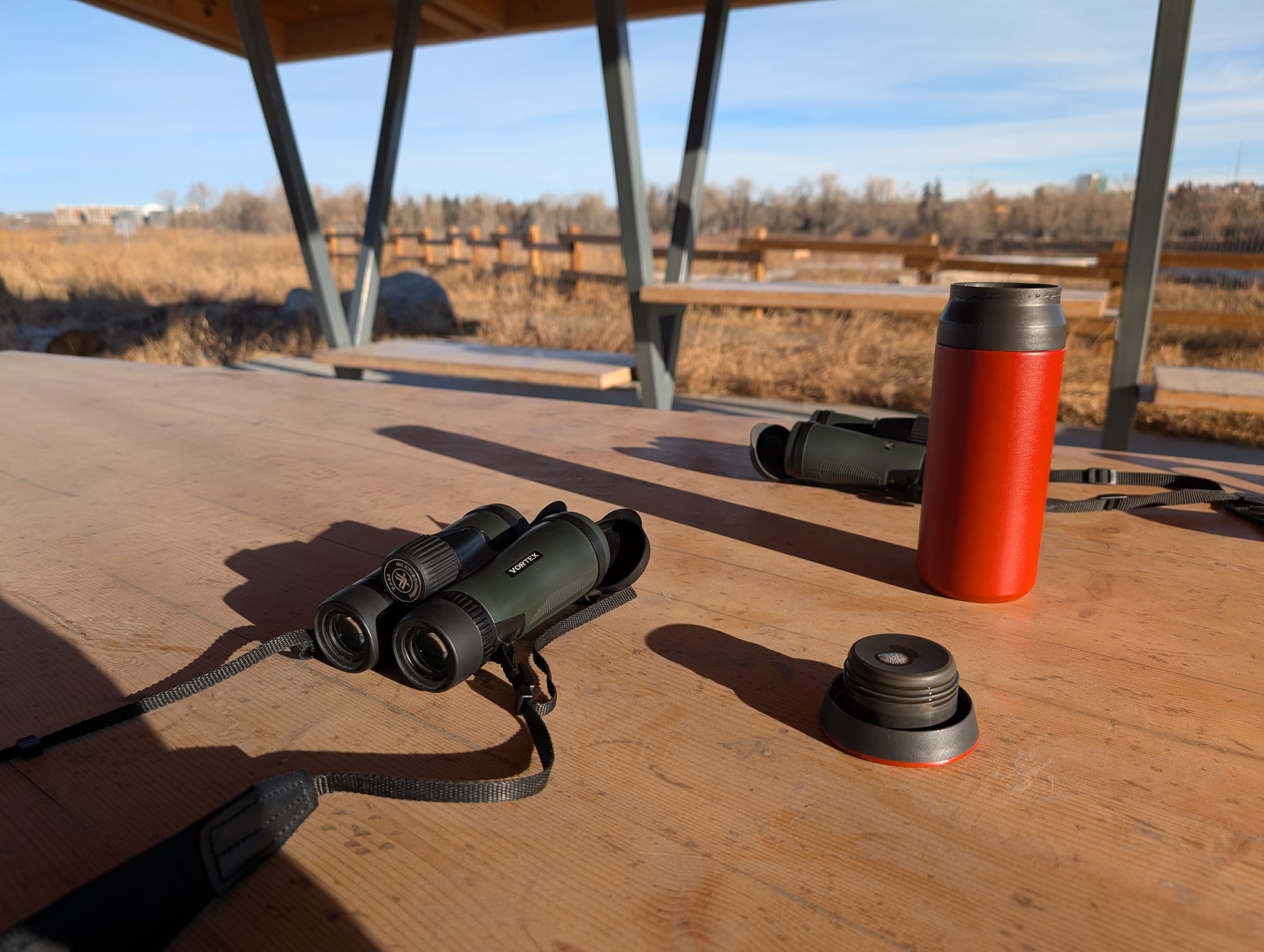
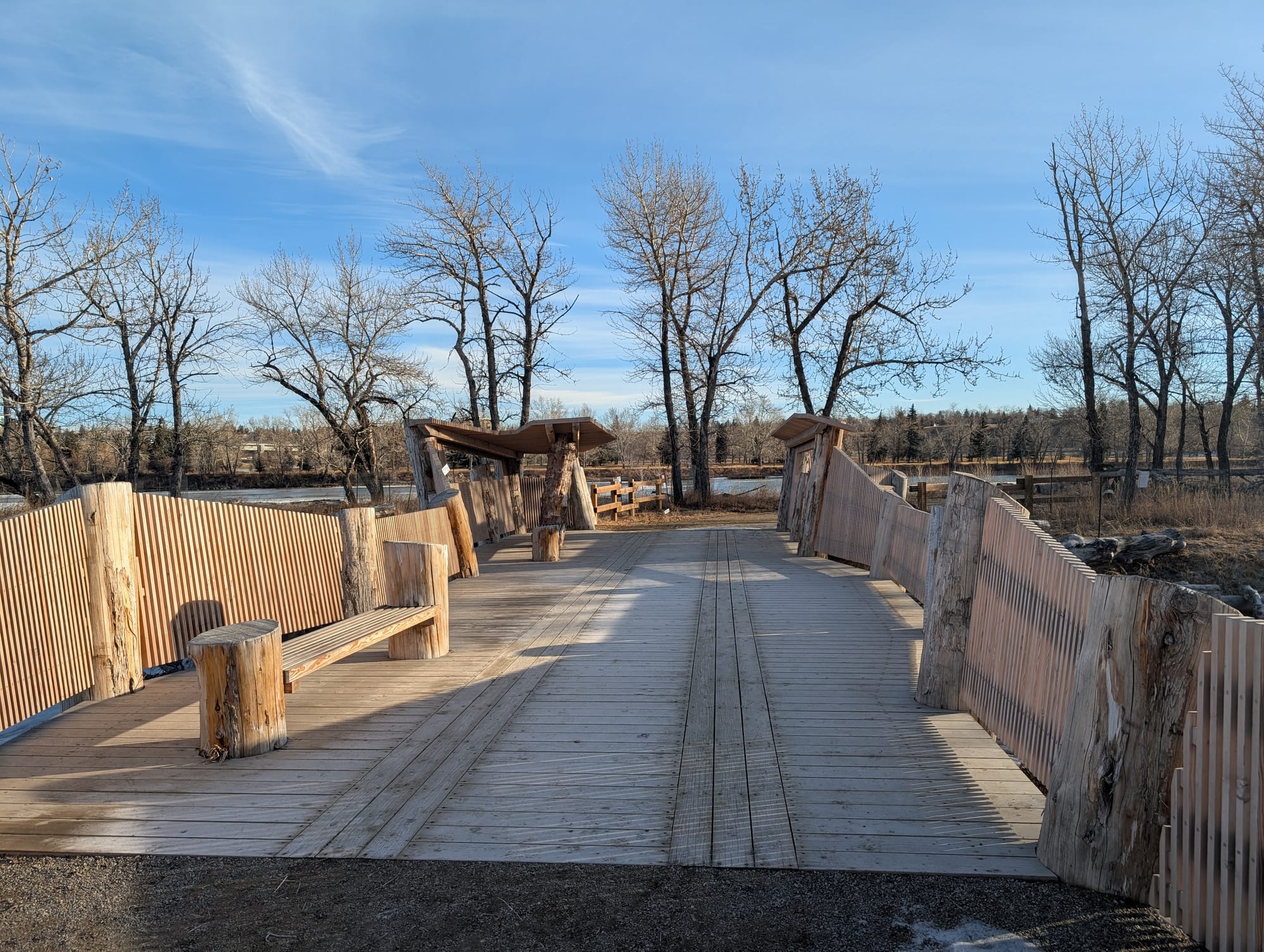
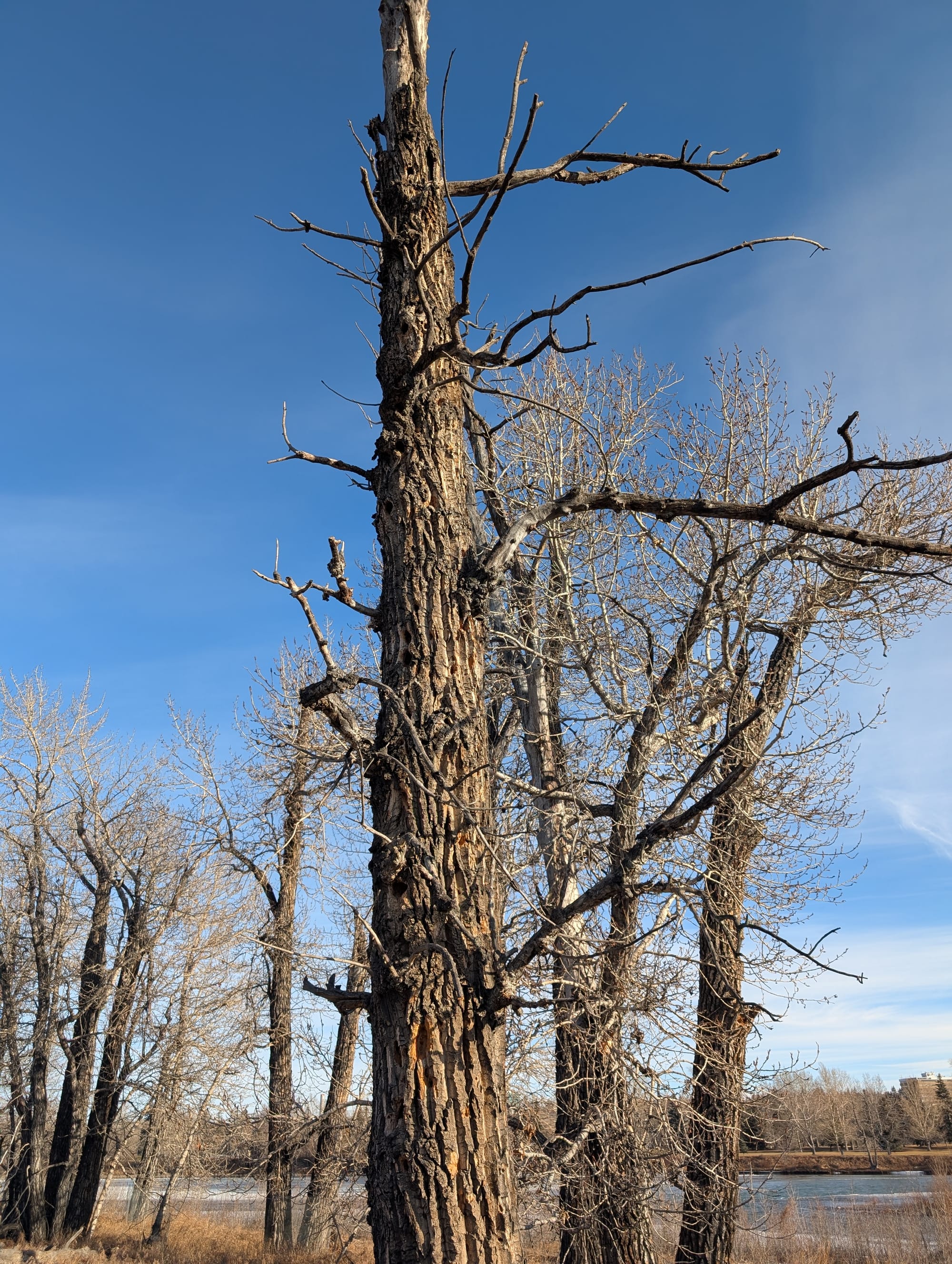
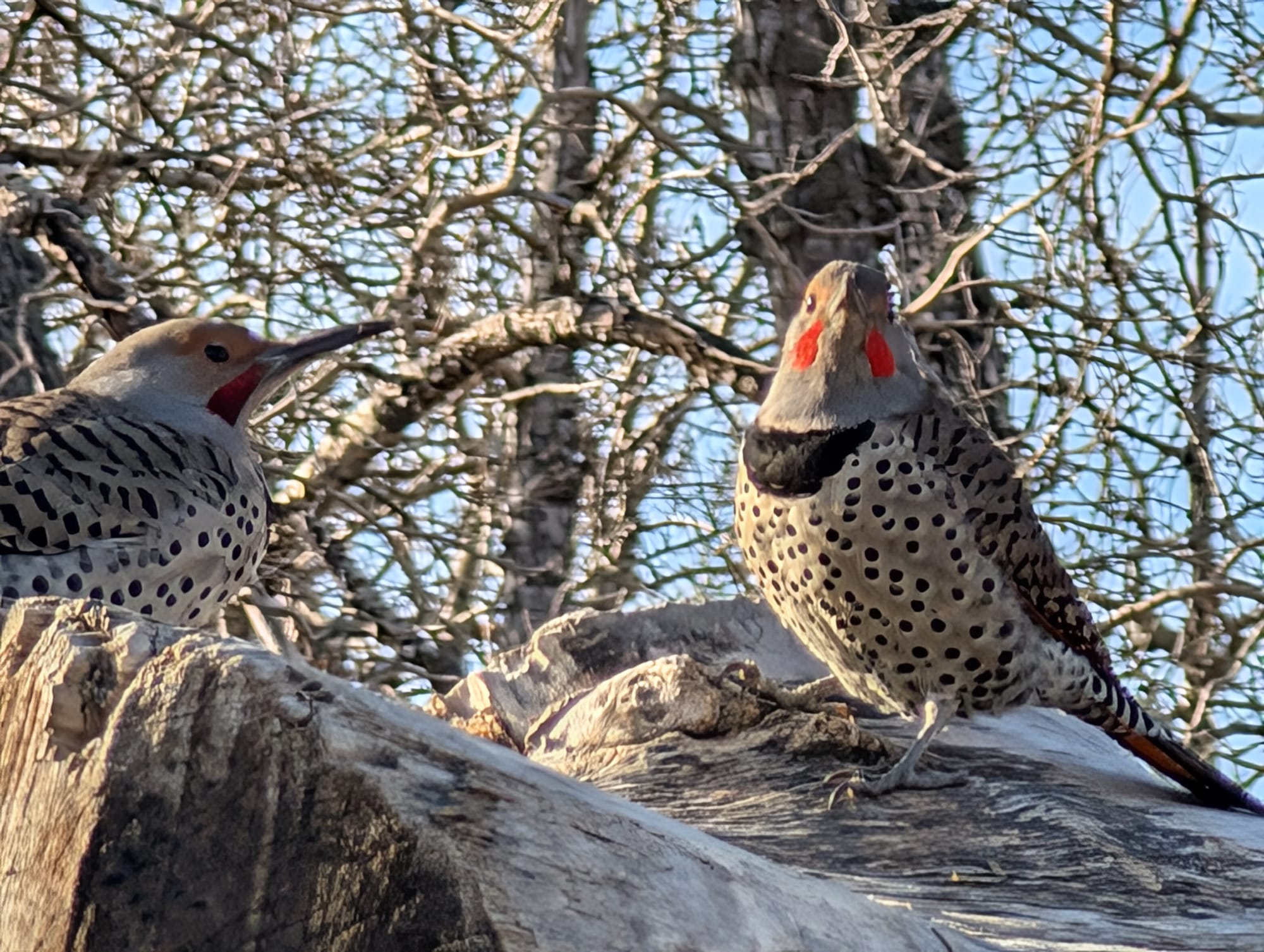
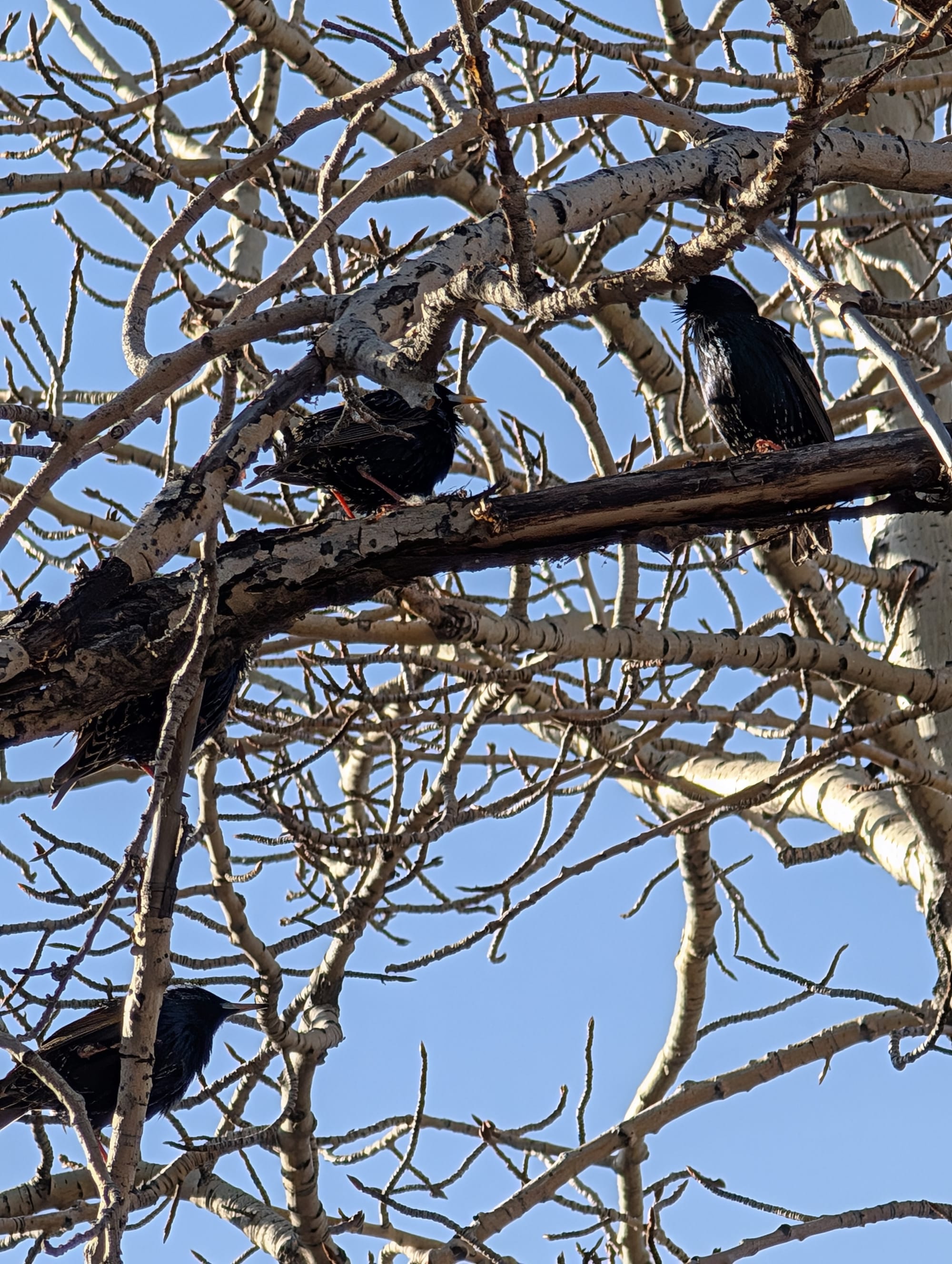


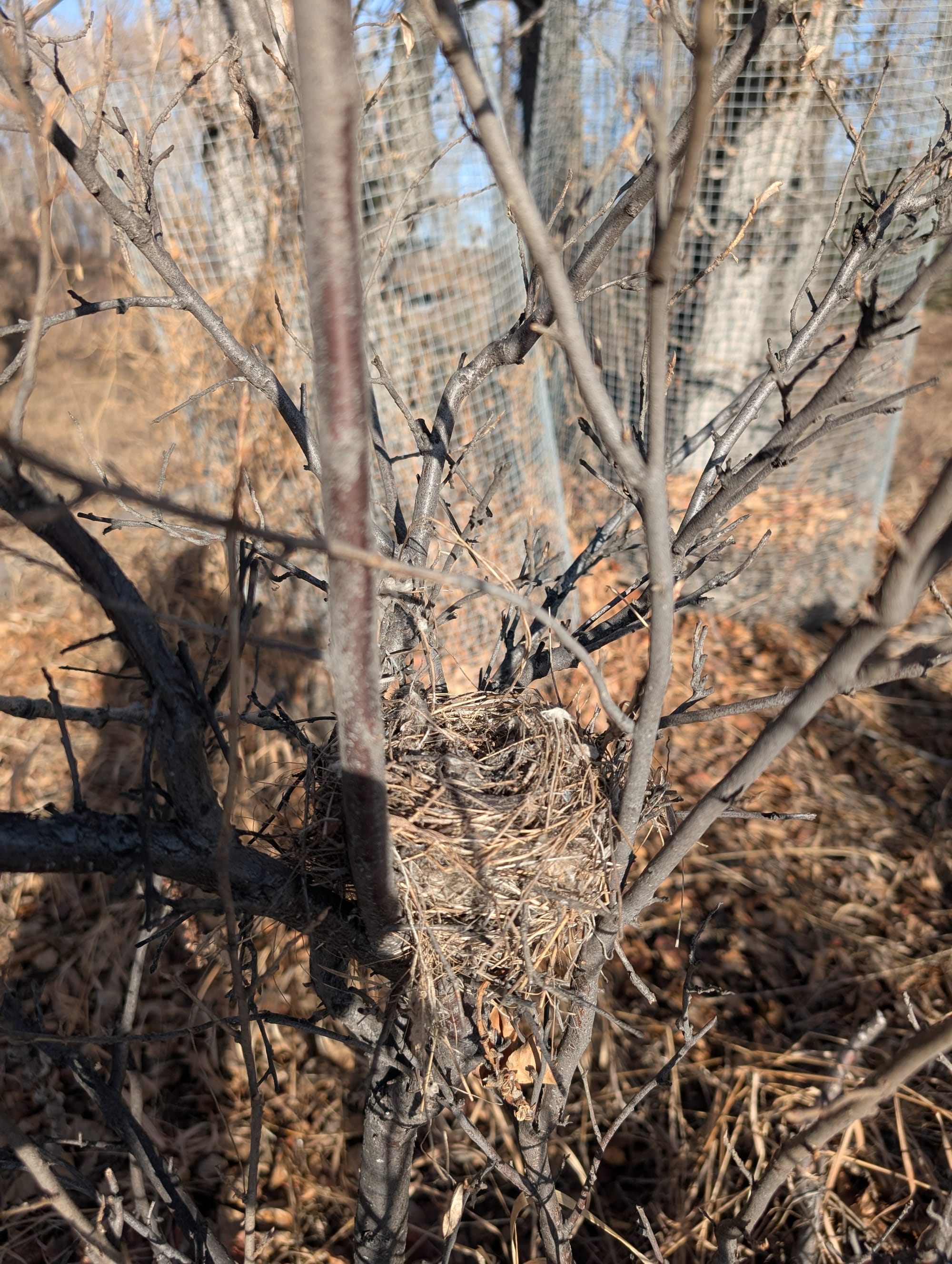
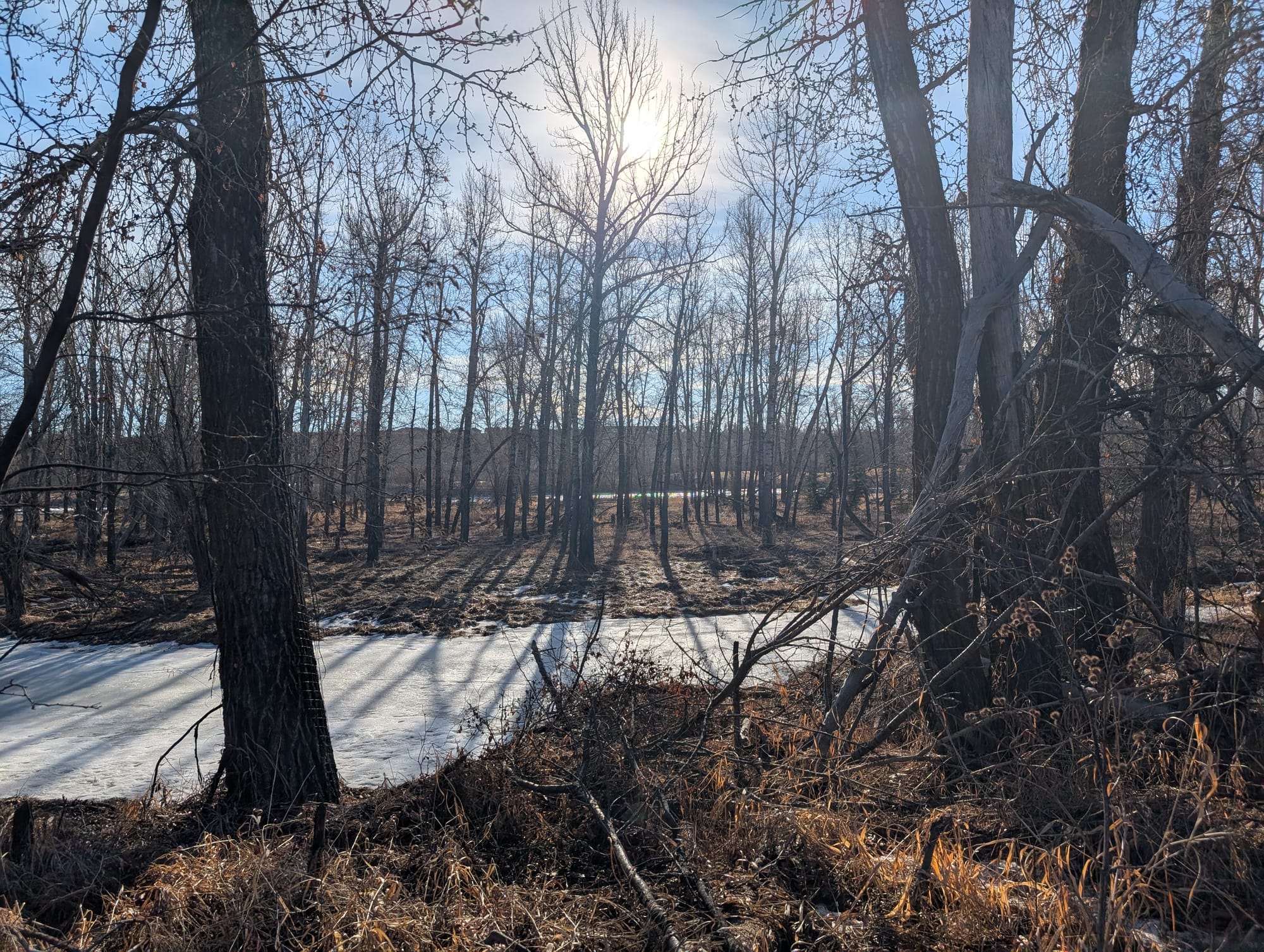





I uploaded my low-quality video of wonderful birds to Youtube for y'all. Please clap.

